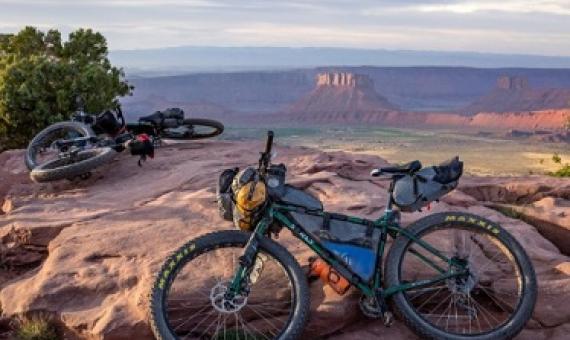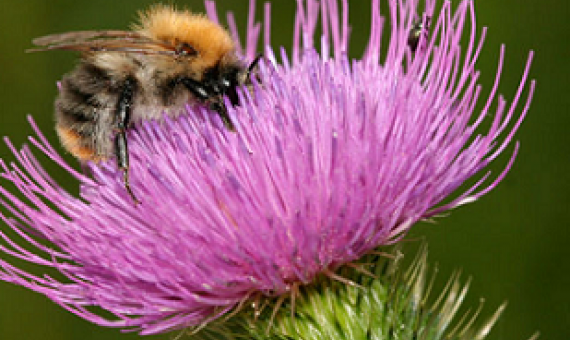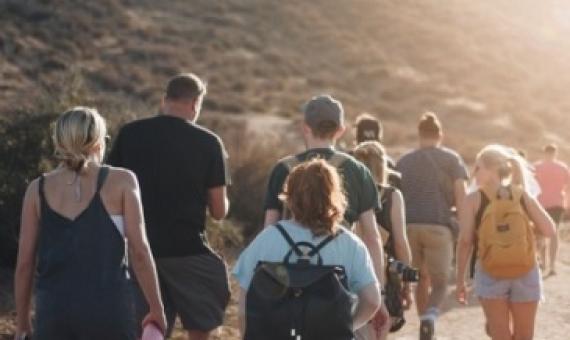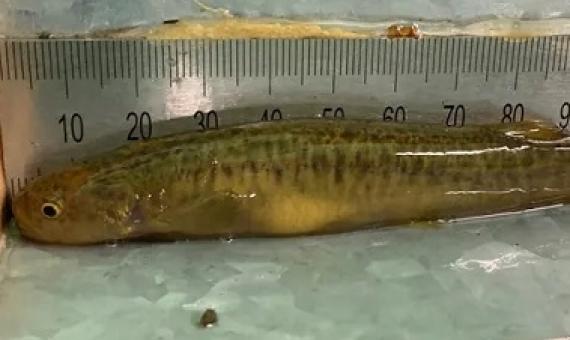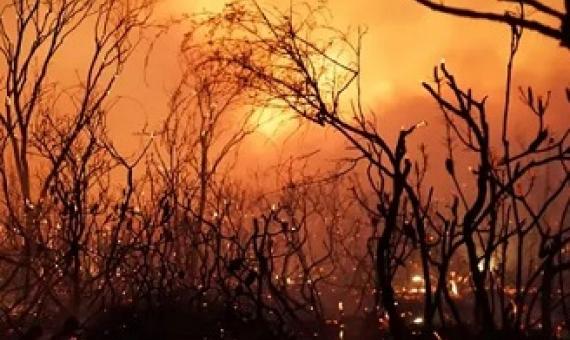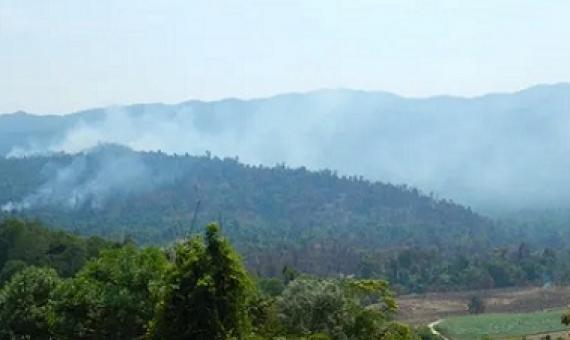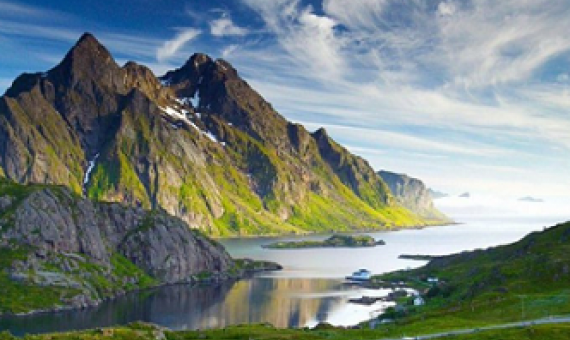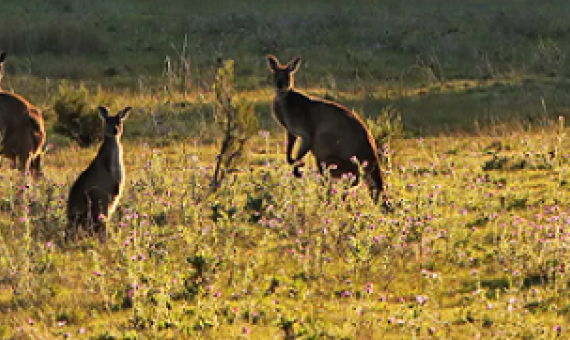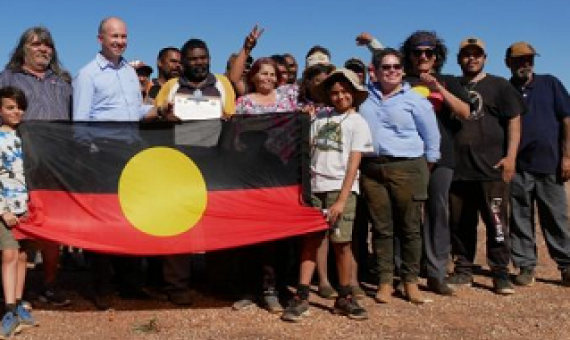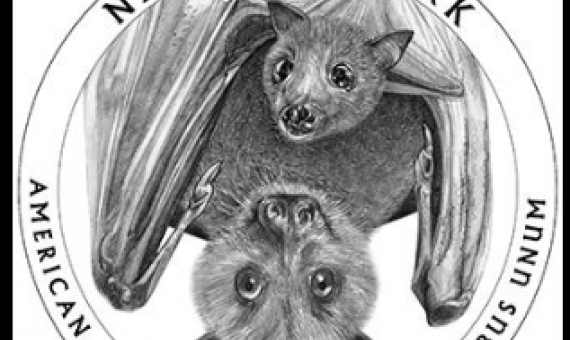During the coronavirus pandemic, it’s “irresponsible” to flock to wilderness areas, experts say. Confusion about whether it’s safe to social distance at national parks was heightened by U.S. Interior Secretary David Bernhardt’s announcement Wednesday that park fees would be waived.
Among the vast number of native species damaged by the recent bushfire crisis, we must not forget native pollinators. These animals, mainly insects such as native bees, help sustain ecosystems by pollinating native plants. Native pollinator populations have been decimated in burned areas.
Tourism in parks and protected areas can be a boon to local conservation efforts or it can afflict biodiversity conservation and environmental management. How can visitation be developed and maintained in a responsible manner?
A desperate rescue mission to the only known habitat of the stocky galaxias, in Kosciuszko national park, may be the last hope for the species. Scientists estimate there may have been a couple of thousand stocky galaxias remaining before this summer’s bushfires.
As disastrous bushfires continue to grip much of the country, causing loss of lives and homes, claims persist that not enough has been done to manage bushland to mitigate fire risk.
The blaze, which took place in an environment supposedly resistant to fire, is the clearest sign climate change has affected the tropics...A year ago, a black scar appeared on the far north Queensland landscape.
Few countries boast the unique array of biodiversity and natural beauty as China. China is the fourth largest nation by land area, and is home to various natural ecosystems, including 15% of the world’s vertebrates species and 12% of its plants species.
Protected land, including national parks, are a cornerstone of conservation. Once an area is legally protected, it is tempting to assume that it is shielded from further degradation.
The largest addition to the New South Wales national parks network in almost a decade has been welcomed by traditional owners of the land, who say it is a monumental cultural milestone.
A quarter honoring the National Park of American Samoa is part of the federal “America’s Beautiful National Parks Quarter Coin Act of 2008” which honors national parks across the US. According to the US Mint, the designer is Richard Masters while the sculptor-engraver is Phebe Hemphill. “Mr.

